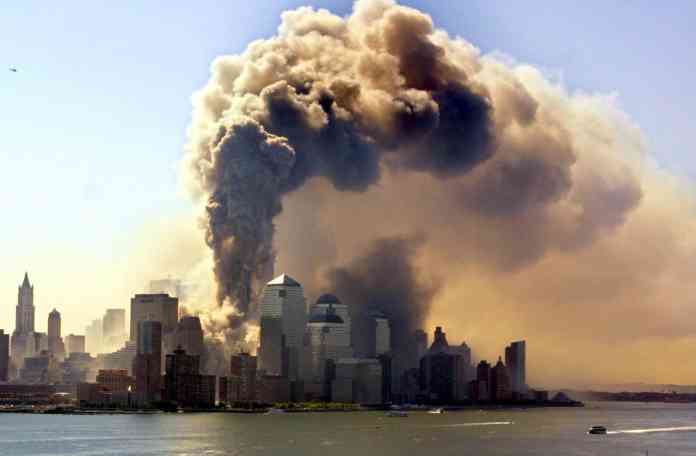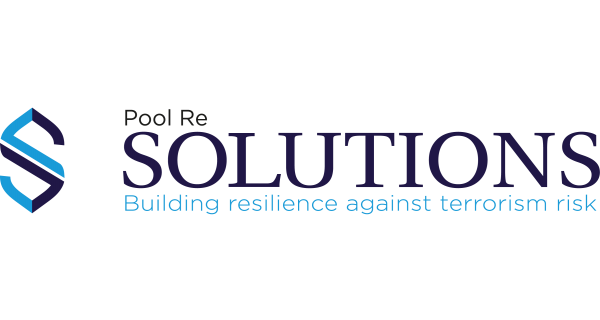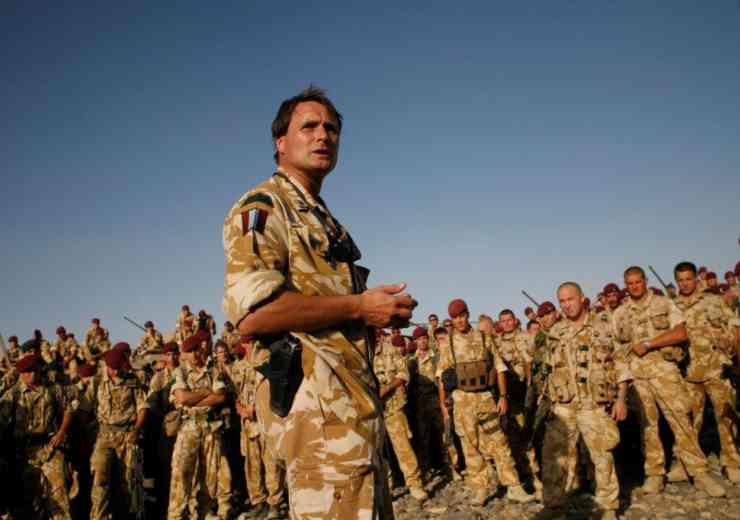
Pool Re SOLUTIONS Annual Review 2021 - Special Edition
In this Special Edition Annual Review, which marks the 20th anniversary of 9/11, Ed Butler CBE, DSO, Chief Resilience Officer at Pool Re, explains how two decades of disruption has shaped todays’ fight against terrorism and extremism.
This timely review looks at the world’s response to terrorism since 9/11 and how it might be improved, identifies outdated solutions and hierarchical structures, and examines the current threat landscape. In the year that saw the US and other forces withdraw from Afghanistan, it also looks at the long-term consequences of this, as well as other sources of concern such as terrorist use of biological weapons in the post pandemic era, the continual growth of right wing extremism, and how climate change is influencing the drivers of terrorism.

It feels appropriate, a couple of months after the twentieth anniversary of 9/11, to pause and consider whether the world is more, or less, secure from terrorism than in the latter part of the previous century. I fear not. We are living in unprecedented times, in a new paradigm where ‘Cold War’ has been replaced by ‘Hot Peace’. A paradigm where we have gone from a bi-polar world to one of multiple asymmetric conflicts and threats, where war is now indistinguishable from peace. Where the distinction between acts of war, hybrid war, terrorism, and serious organised crime, in particular in the cyber domain, is becoming increasingly blurred. The build-up of Russian forces on the Ukrainian border, coupled with destablisation operations by Belarus, could well see the first outbreak of a global ‘conventional confrontation’ in the 21st Century. Tensions over Taiwan, and the Iranian pursuit of a nuclear weapon add to global uncertainty and unpredictability.
We inhabit a world where traditional terrorist threats, which tended to be localised and focused on the destruction of property and killing servicemen, policemen and public figures, feel somewhat primitive. Our new world is populated by Jihadis and extremists who buy ‘one-way tickets’ on route to martyrdom and mass casualty events. The new world is characterised by remarkable digital and information sharing advances, where information (good and bad) can pass at the speed of photons and is largely ‘unseen’, hidden in a virtual cloud. Concerns over ‘bedroom radicalisation’ continue to grow.
At the time of 9/11, we had technological superiority over terrorists, through the use of Global Positioning Systems (GPS), Night Vision Systems (NVS), Unmanned Aerial Vehicles (UAVs), and precision strike weapons and across most, if not all, IT networks. Now, Daesh, Al Qaeda (AQ) and most, if not all, threat actors use state of the art GPS, NVS, drones, the dark web and encrypted messaging to plan and execute their attacks. The latter is of significant concern for our intelligence and security services and, to quote a former Director of the FBI, we are going ‘dark and dumb’ at just the wrong time.
The growing capabilities of terrorists raises concerns around the ability and capacity of our military, security and intelligence services to continually deliver success against a rapidly evolving spectrum of threats. Can our counterterrorism operations keep pace with the rapid technological changes? The diversity of threat actors? New, dynamic threats, especially in the information domain? And lastly the evolution of the ‘digital terrorist’?
Outdated solutions and hierarchical structures
If we are to believe terrorism has entered a new dimension with growing sophisticated capabilities, this is likely to have a significant impact on businesses and our infrastructure, especially those which operate in complex environments. Therefore, we will almost certainly need greater collaboration between the public and private sector in order to improve our economic and societal resilience to terrorism.
We have seen how threat actors, be they traditional terrorists, radical extremists, militias, hybrid fighters, serious organised and/or narco or cyber criminals, use any means to harm, attack and avoid us. My concern is that we are using outdated methods. Our capabilities and corporate security solutions are configured in traditional hierarchical structures, and conventionally equipped, often led by too many people who still think and operate in a classical, [Western] conventional way. In my view, we need to re- think, plan, operate, lead, and deliver terrorism security and risk solutions. As TE Lawrence described it, while fighting the Ottomans, asymmetric operations are ‘like eating soup with a knife’. We need to eat more soup with knives and try and ‘synchronise this asymmetry’.
Before looking at how we might better prepare and mitigate against all forms of extremism and violent action, I’d like to review our current situation. We are both recovering from, and adjusting to, the global pandemic. In the light of a global pandemic we are slowly waking up to the increased threat of terrorist use of Chemical, Biological and Radiological (CBR) weapons. We are dealing with the ‘forever consequences’ of the humiliating withdrawal from Afghanistan, and the increasing radicalisation and disaffection across our communities, coupled with the consequences of climate change influencing and fuelling the drivers of terrorism. It is a bleak landscape.
















